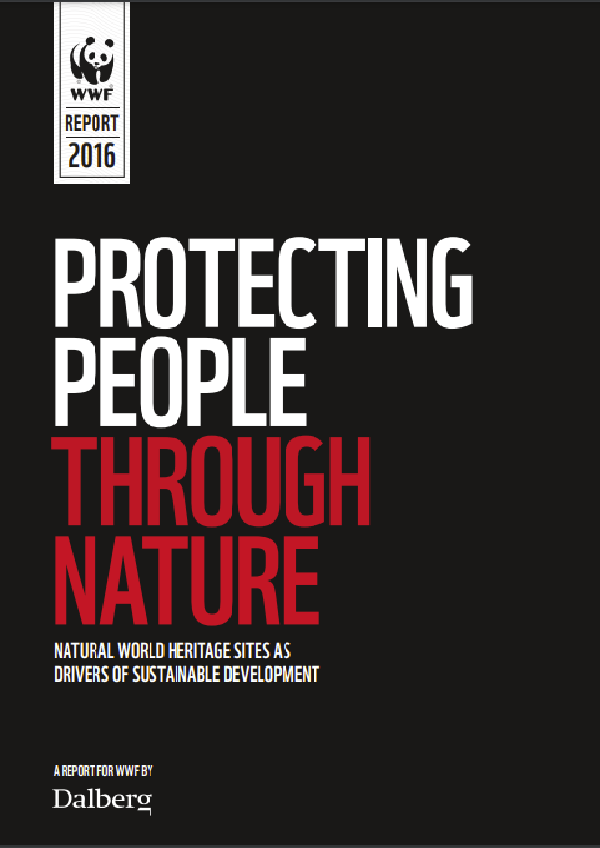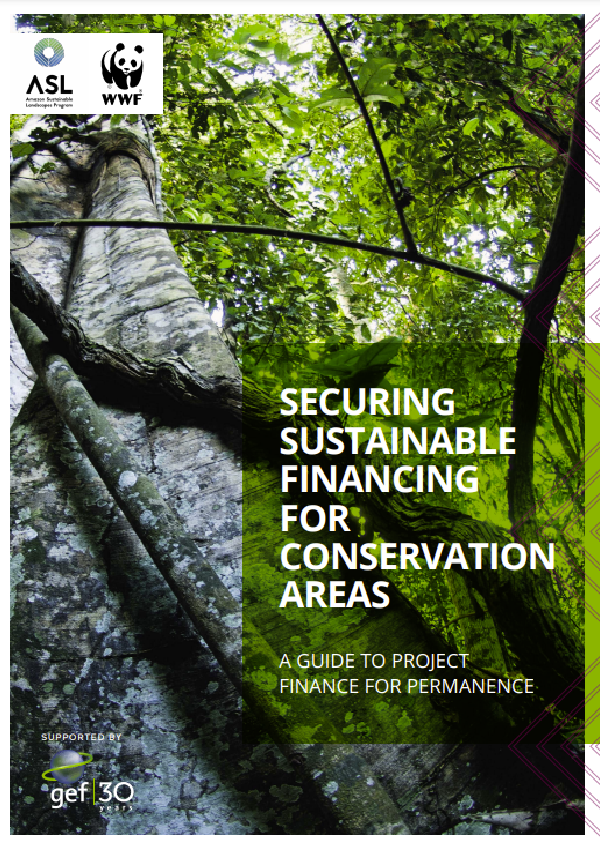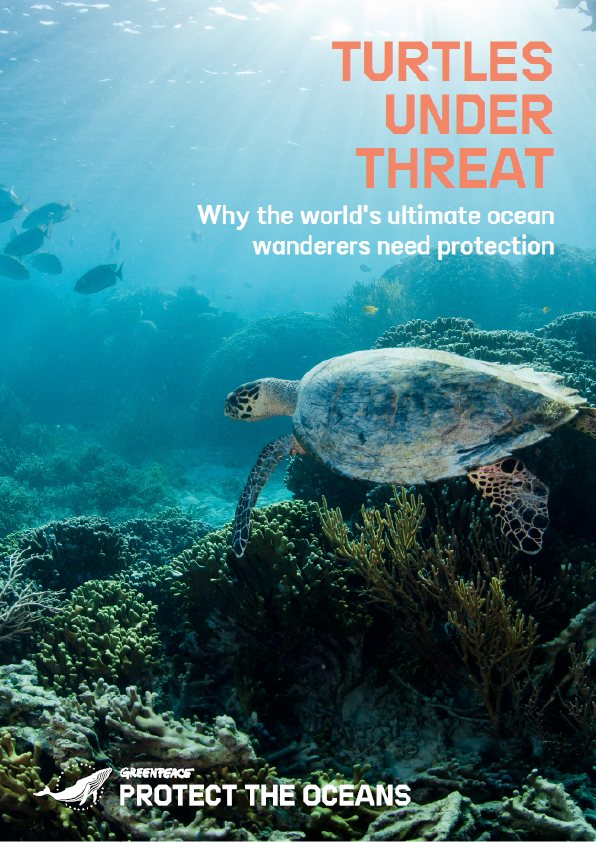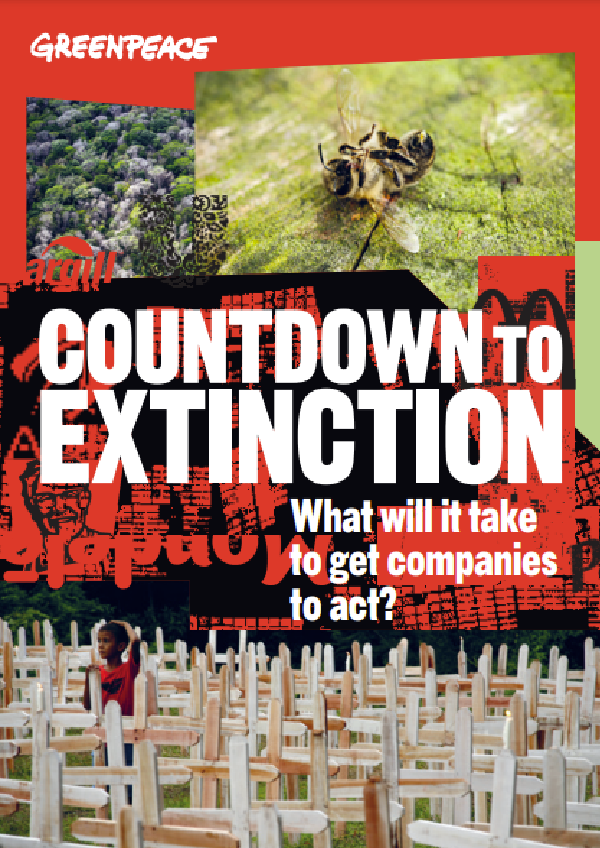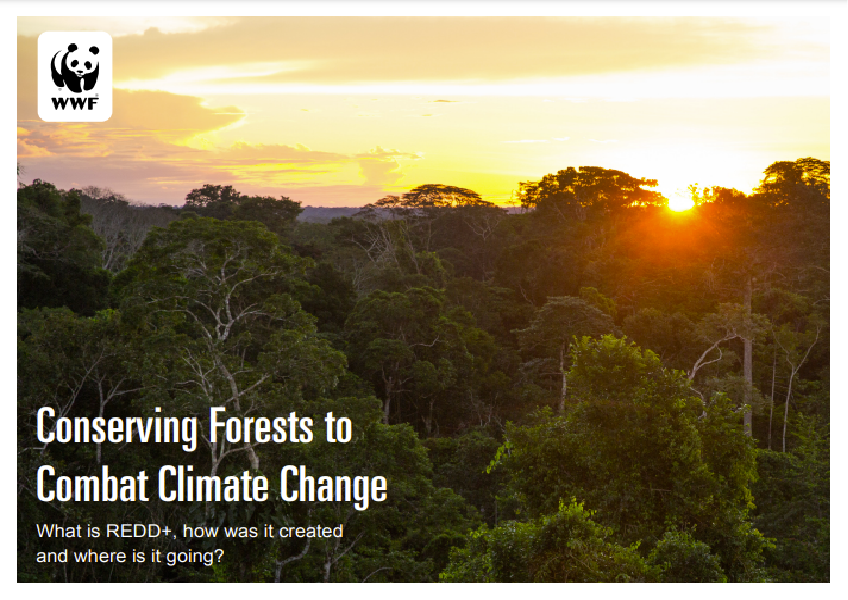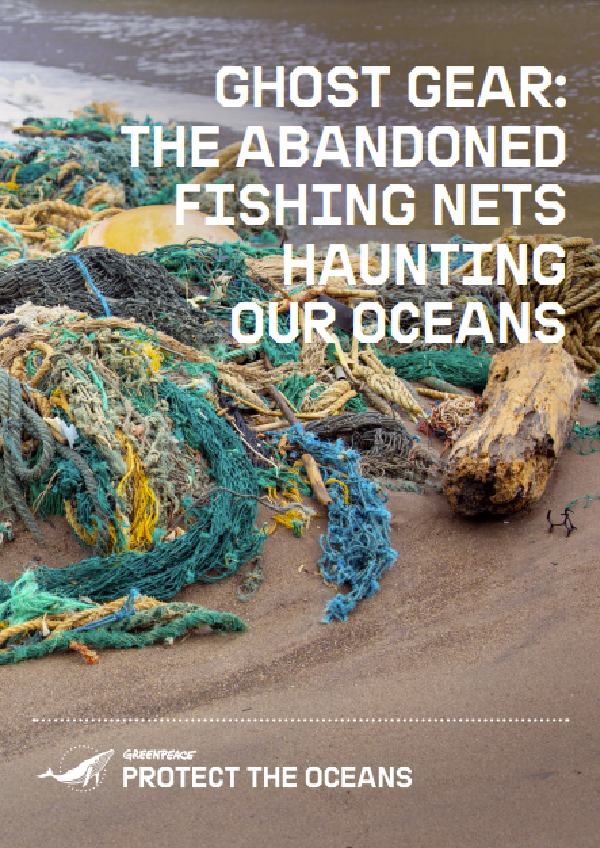World natural heritage sites provide people with important economic, social and environmental benefits. These places are known internationally for their remarkable universal value, “which is of extraordinary significance, transcending national boundaries, and of common importance to present and future generations of all mankind”.
Natural World Heritage sites exemplify some of the world’s greatest areas of natural beauty, geology, ecology, and biodiversity, and include many iconic natural landscapes such as the Galápagos Islands, Mount Kilimanjaro, and the Grand Canyon. They provide vital resources for rural communities, including food and fuel. Further, two-thirds of natural World Heritage sites are considered important for the provision of water,
World Heritage sites also make a considerable contribution to national economies through tourism, recreation, and the export of resources, and over 90 percent of natural World Heritage sites provide jobs. As part of a broader network of protected areas, natural World Heritage sites support some of the most valuable ecosystems on the planet, and their challenges and successes are representative of these broader protected areas. Almost half of all natural World Heritage sites, and their outstanding universal value, are threatened by harmful industrial activities. Because World Heritage sites are located within larger natural spaces, the health of broader ecosystems has a substantial impact on their integrity. The outstanding universal value is dependent upon the areas surrounding them, particularly their buffer zones.
When conducted at a large scale in or surrounding protected areas, industrial activities can cause substantial, even permanent, damage to those sites, and can affect their ability to provide long-term support for local communities. These harmful activities are often, but not exclusively, conducted by multinational enterprises and their subsidiaries, and include oil and gas exploration and extraction, and unsustainable water use.
Eleven million people, equivalent to the population of Portugal, of harmful industrial activities.7,8 Over one million of these people live within the boundaries of World Heritage sites, and the remaining ten million people live in designated buffer zones or in nearby towns and villages.9 These residents depend on the sites for their homes, subsistence living, jobs, or ecosystem services including harmful industrial activities, which degrade the environment and compromise the ability of World Heritage sites to provide for these people. Avoiding these harmful industrial activities and focusing on sustainable, carefully managed alternatives will enhance World Heritages sites and the benefits they provide.
In some cases, decision-makers have chosen a sustainable development approach to manage World Heritage sites. Such an approach takes full account of a site’s current and future combined economic, social, and environmental value and considers carefully the impacts that all activities could have on this value. This approach recognizes that the environment is a long-term provider of economic inputs, and it prioritizes sustainable development activities that generate value over a long period of time over harmful industrial activities that focus on short-term revenue generation.
In these cases, the World Heritage site has become a driver of economic development in the region. For example, sustainable management of the Tubbataha Reefs in the Philippines has led to increased tourism and increased incomes for local communities. Half of all revenues from Chitwan National Park in Nepal are distributed to communities each year for development and conservation activities, and locally-managed community forests in the buffer zone support over 200,000 people.
As the World Heritage Committee has recognized the potential for World Heritage sites to support sustainable development, it should be incorporated into the management of sites going forward. Following the adoption of the 2030 Agenda for Sustainable Development (2030 Agenda) in September 2015, all UN countries have committed to deliver on 17 Sustainable Development Goals that will frame their decisions on development for the next 15 years. In November 2015, the General Assembly of States Parties to the World Heritage Convention adopted a policy that deliberately aligns with the 2030 Agenda and aims to harness the potential of World Heritage sites to contribute to lasting peace and equitable, sustainable development. It calls for countries to manage sites in a way that simultaneously protects their outstanding universal value and pursues the sustainable development objectives of environmental sustainability, inclusive social development, and inclusive economic development.
Five key principles are consistent across examples of well-managed World Heritage sites and can help decision-makers achieve an appropriate and equitable balance between conservation, sustainability, and development. These principles provide a high-level guide that can assist governments, the private sector, and site managers in achieving sustainable development in and around World Heritage sites. These principles should be applied at the site level and in the wider area and should be incorporated into conservation and management approaches.
When they are carefully and sustainably managed, World Heritage sites will support sustainable development, and can contribute to poverty alleviation and the conservation of natural ecosystems. Sustainable management will be crucial to preventing over-extraction and exploitation of resources from these areas, protecting and conserving their outstanding universal value, and ensuring that they can contribute to the 2030 Agenda.
